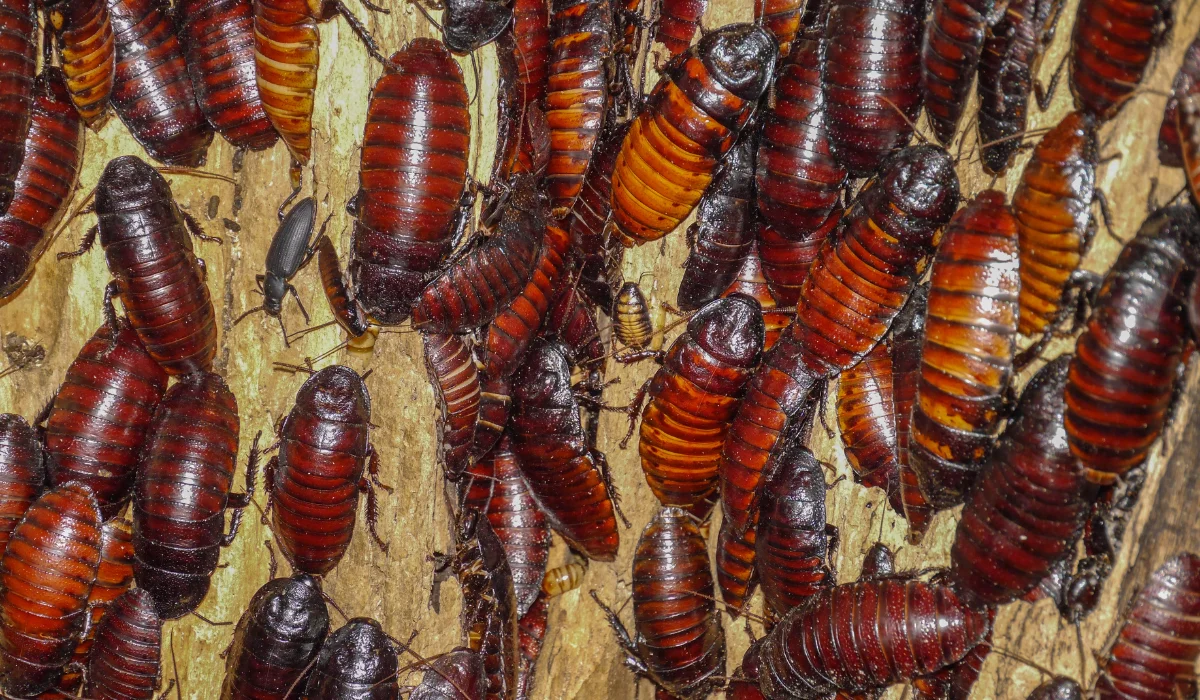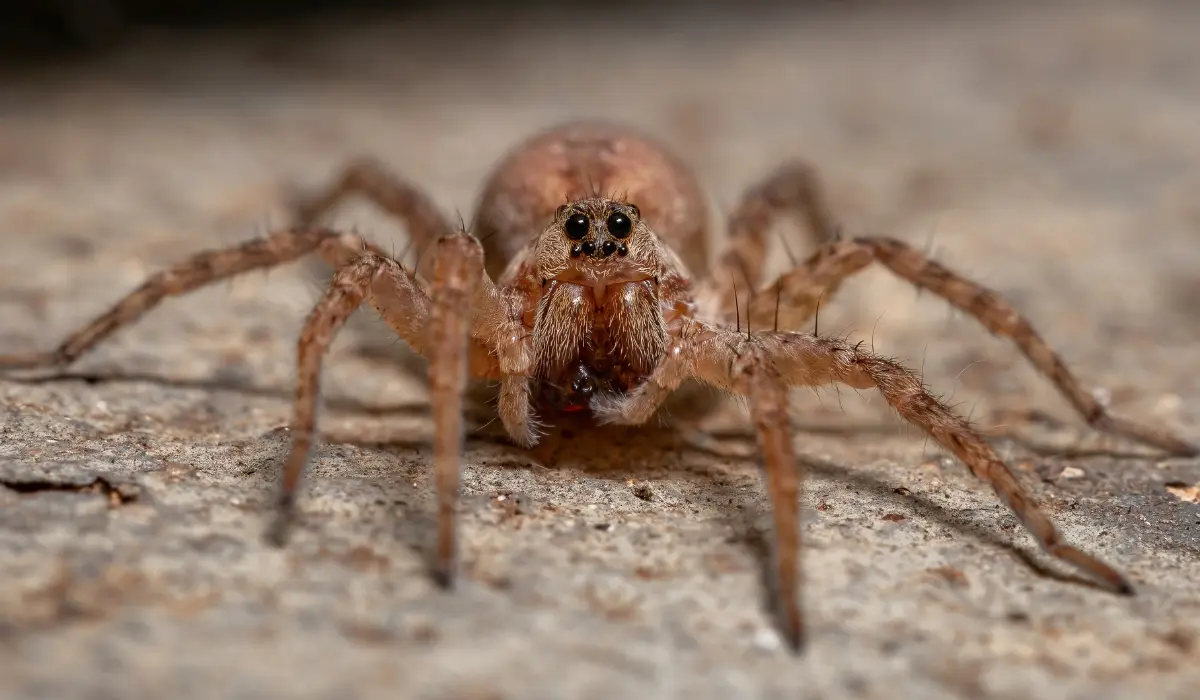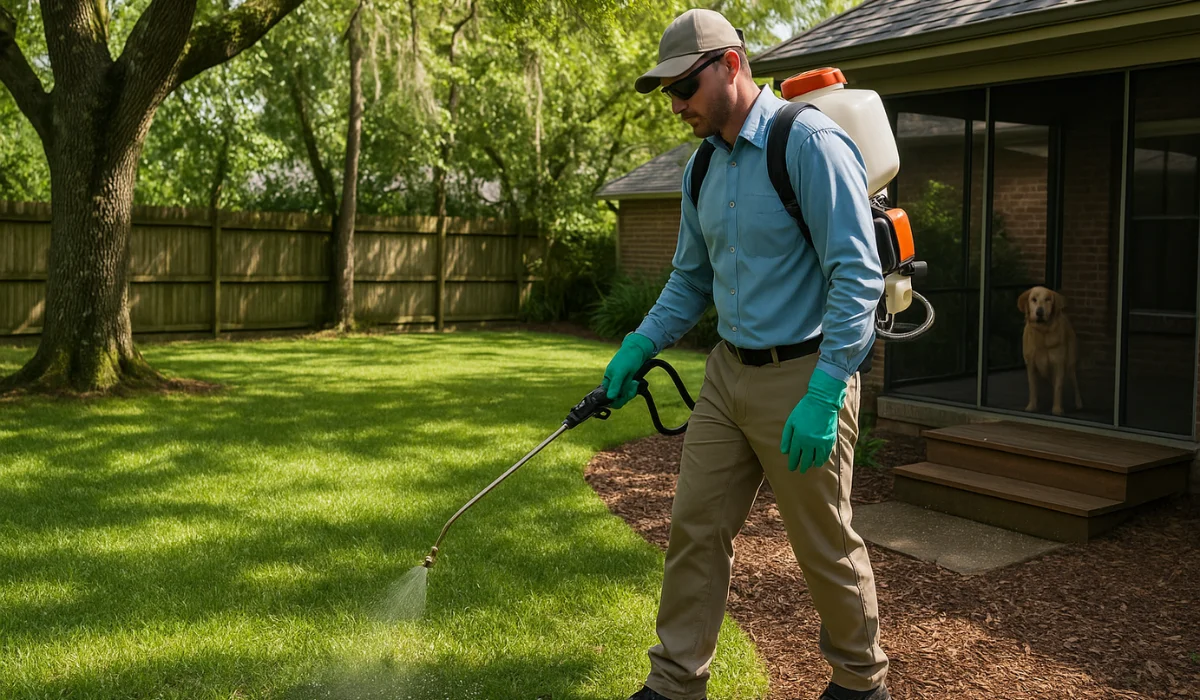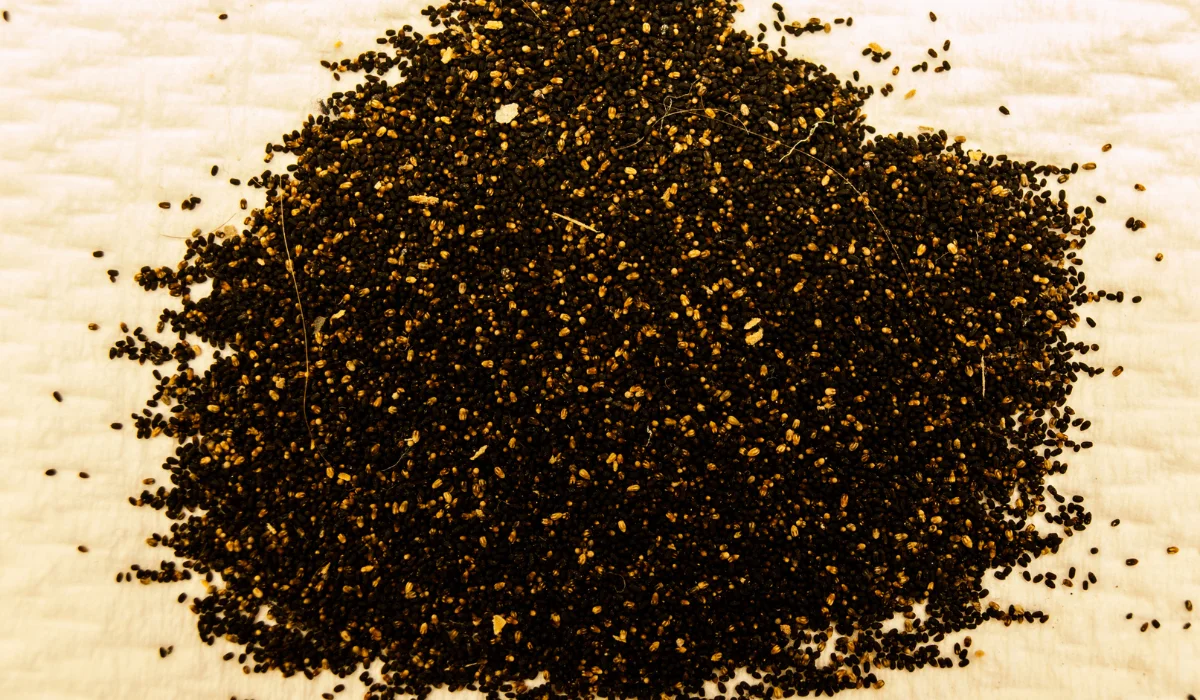In New Orleans, where the vibes are as warm as the weather, cockroaches crash the party, lured by the city’s delicious leftovers and steamy climate.
But these uninvited guests do more than just bug us—they’re health hazards on tiny legs. Battling these pests means more than just keeping things tidy; it requires expert pest fighters on your side.
Ever wondered what makes the Big Easy a cockroach paradise? Stick with us to crack the code and send these bugs packing.
Key Takeaways
- New Orleans’ warm, humid climate and abundant food and water sources create a perfect environment for cockroaches to thrive.
- Different cockroach species in New Orleans are attracted to homes for various reasons, including the search for food, water, and suitable living conditions.
- Preventing cockroach infestations in New Orleans involves maintaining cleanliness, sealing entry points, and using natural pest control methods.
- Professional pest control services are recommended for severe or persistent cockroach infestations in New Orleans, offering tailored solutions and expert techniques.
WHY COCKROACHES ARE ATTRACTED TO NEW ORLEANS
New Orleans provides a nearly perfect combination of climate, resources, and environment, making it a haven for cockroach populations to thrive.
Climate
In New Orleans, roaches bask in the warm weather and high humidity—the city’s average temperatures hover around 70°F to 90°F, with humidity levels often reaching 74% to 76% year-round.
This humid climate creates an ideal breeding ground for these pests to survive and multiply.
Food Sources
NOLA’s bustling city life is a feast for cockroaches.
With readily available food from overflowing garbage cans, unattended dirty dishes in homes and restaurants, and improperly managed waste, food sources are rarely scarce.
Water Sources
The city’s location near bodies of water, combined with its routine struggles with flooding, ensures cockroaches have a constant supply of moisture—essential for their survival.
Dense Urban Population
In the densely populated areas of New Orleans, cockroaches easily hitch rides from one location to another, often going unnoticed. They increase in shared spaces like apartment blocks and townhouses.
COMMON COCKROACH SPECIES IN NEW ORLEANS
Several cockroach species have made themselves known in New Orleans, each with distinct characteristics.
Knowing the types of cockroaches you’re dealing with can significantly aid in effective pest management.
Here’s a brief overview of the most common ones:
| Species of Cockroach | Identifying Features | Color |
| American Cockroach | Large size, with a figure-eight pattern on the head. | Reddish-brown |
| German Cockroach | Small in size, with two dark stripes on the back. | Light brown to tan |
| Oriental Cockroach | Shiny body, known for its pungent odor | Dark brown to black |
| Brown-Banded Cockroach | Smaller, with distinctive banding across wings | Light brown |
What Attracts Cockroaches to Your Home
Each cockroach species has unique preferences that draw them into New Orleans homes. Here’s what attracts these critters:
American Cockroach
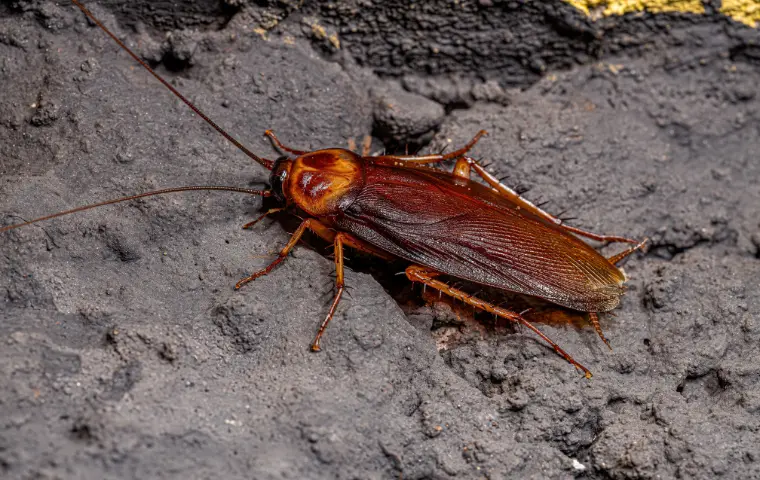
- Seek out warm, damp areas with access to food.
- Commonly found in basements, sewers, and near garbage disposals.
German Cockroaches
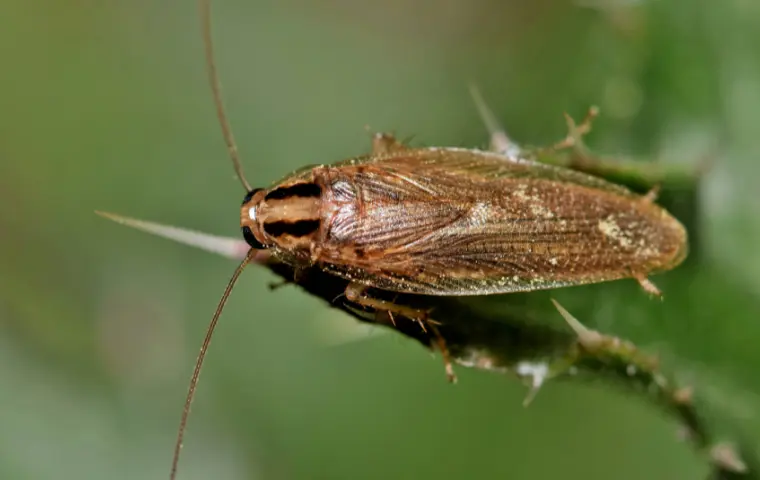
- Prefer warm, humid environments close to food and water sources.
- Attracted to kitchens, bathrooms, and any areas where food debris is present.
Oriental Cockroach
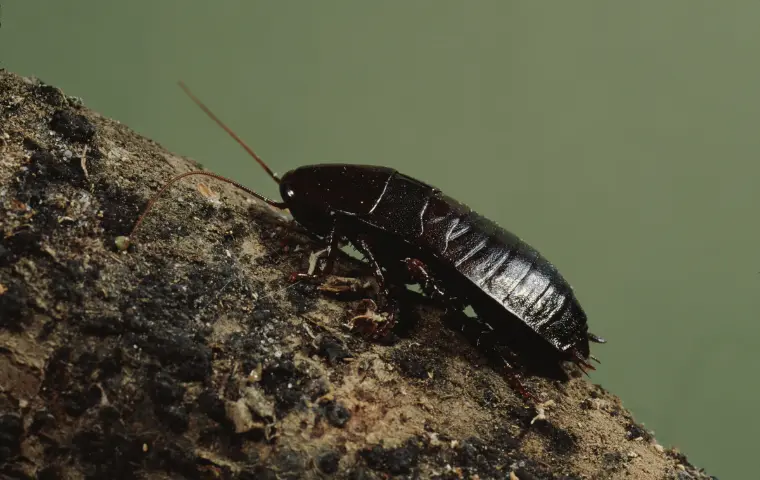
- Prefers cooler, damp environments.
- Often found in drains, under sinks, and in crawl spaces.
Brown-Banded Cockroach
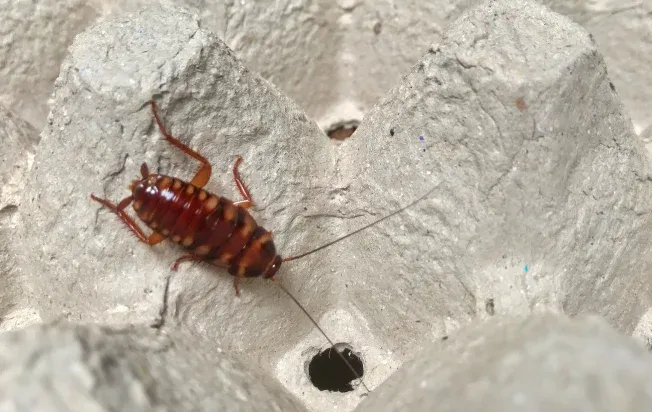
- Likes warm, less humid areas, significantly higher up in buildings.
- Attracted to clutter, paper products, and fabric.
HOW TO PREVENT A COCKROACH INFESTATION
As residents, you can fend off cockroach infestations by maintaining high standards of cleanliness and having a keen eye for detail in and around your homes.
Sanitation and Household Maintenance
- Regularly inspect and seal any cracks and crevices in walls, around windows, and doors with caulk or weather stripping to eliminate common entry points.
- Fix any water leaks and ensure areas like basements and crawl spaces remain dry, as moisture attracts cockroaches.
- Store food in airtight containers and avoid leaving pet food out overnight.
- Keep your trash can sealed and empty it frequently to deter cockroaches from foraging for food.
- Clean up any spills or crumbs regularly.
- Routinely clean under appliances and in drawers where cockroach droppings and food particles might accumulate.
Natural Cockroach Control Methods
As homeowners, you may refer to the table below to assess DIY cockroach control methods for managing cockroach prevention.
| DIY Method | Details |
| Boric Acid | As a natural insecticide, it can create barriers at potential entry points. However, it’s toxic when ingested by pets or humans, so use it cautiously. |
| Diatomaceous Earth | Spread a thin layer where cockroaches frequent. It is non-toxic to humans and pets but lethal to cockroaches as it degrades their exoskeletons. |
| Essential Oils | Certain essential oils, such as peppermint, can act as repellents. Detergent solutions also work to clean surfaces and deter pests. |
WHEN TO CALL THE COCKROACH PROFESSIONALS
In New Orleans, the battle against cockroaches can be relentless. You may wonder when you should call a professional pest control company to deal with these resilient pests.
Typically, there are a few signs that it’s time to pick up the phone:
- Persistent Presence: If you keep spotting cockroaches despite regular cleaning and store-bought sprays, it’s a sign these pests are not just passing through but have made themselves home.
- Visible Eggs: Finding cockroach egg cases clearly indicates that the population is set to explode. These egg cases mean it’s time to get expert help swiftly.
Whether you’re in New Orleans or Baton Rouge, seeking expert help should be easy. For immediate intervention for a severe infestation, let Lajaunie’s cockroach control specialists tailor a solution that’s right for your home.
For more information about the areas we service, visit our location page.
 By: LaJaunie's Pest Control
By: LaJaunie's Pest Control 